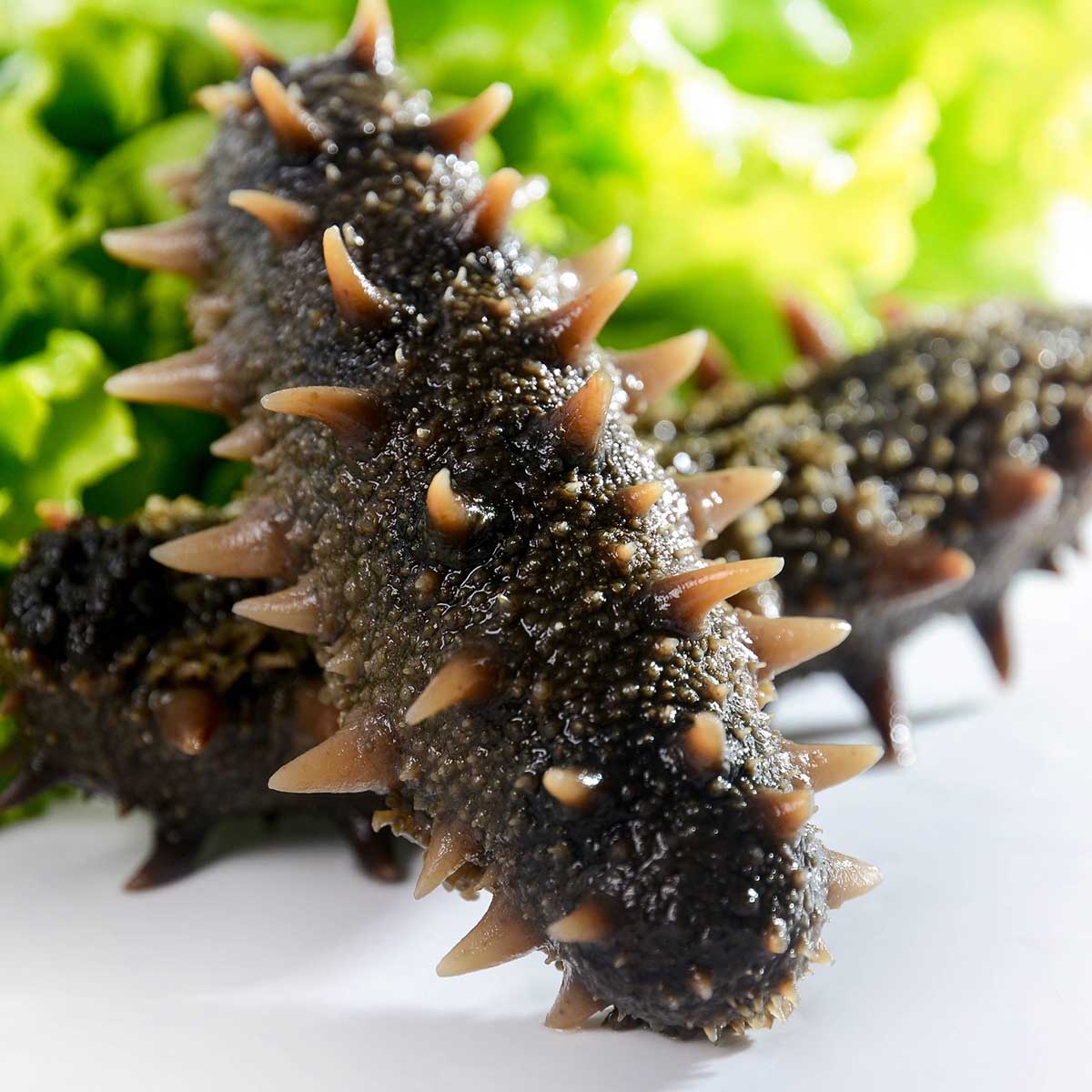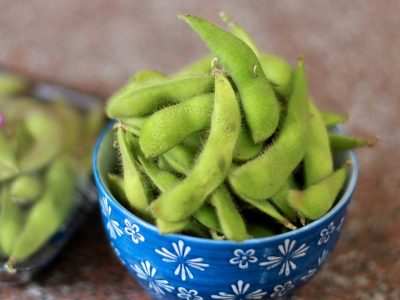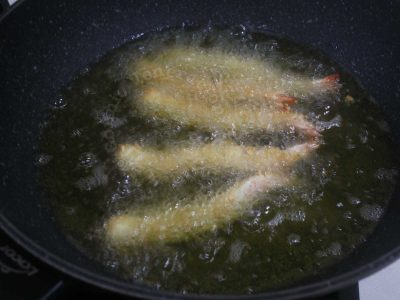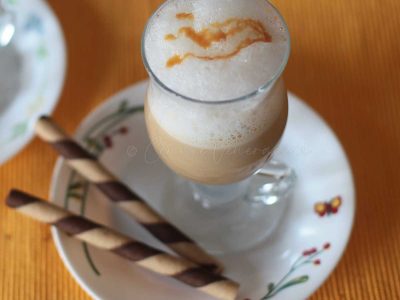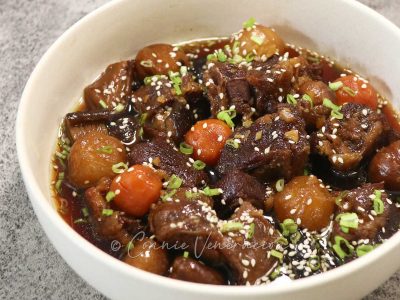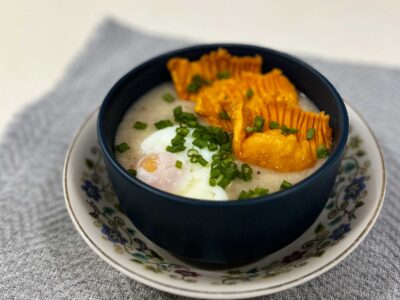I’ve always called them sea cucumber though. And, for as long as I can recall, I’ve only enjoyed them in Chinese restaurants. What they are called in the various Chinese languages, I have no idea. They are often braised, with chicken, fish or tofu, and combined with one or more varieties of mushroom in a thick sauce.
When cooked correctly, sea cucumber is slippery and gelatinous. The mouth feel is simply amazing. And, when seasoned well, the flavors are fantastic. Hard to tell for sea cucumber newbies that, by themselves, sea cucumbers are bland and practically tasteless.
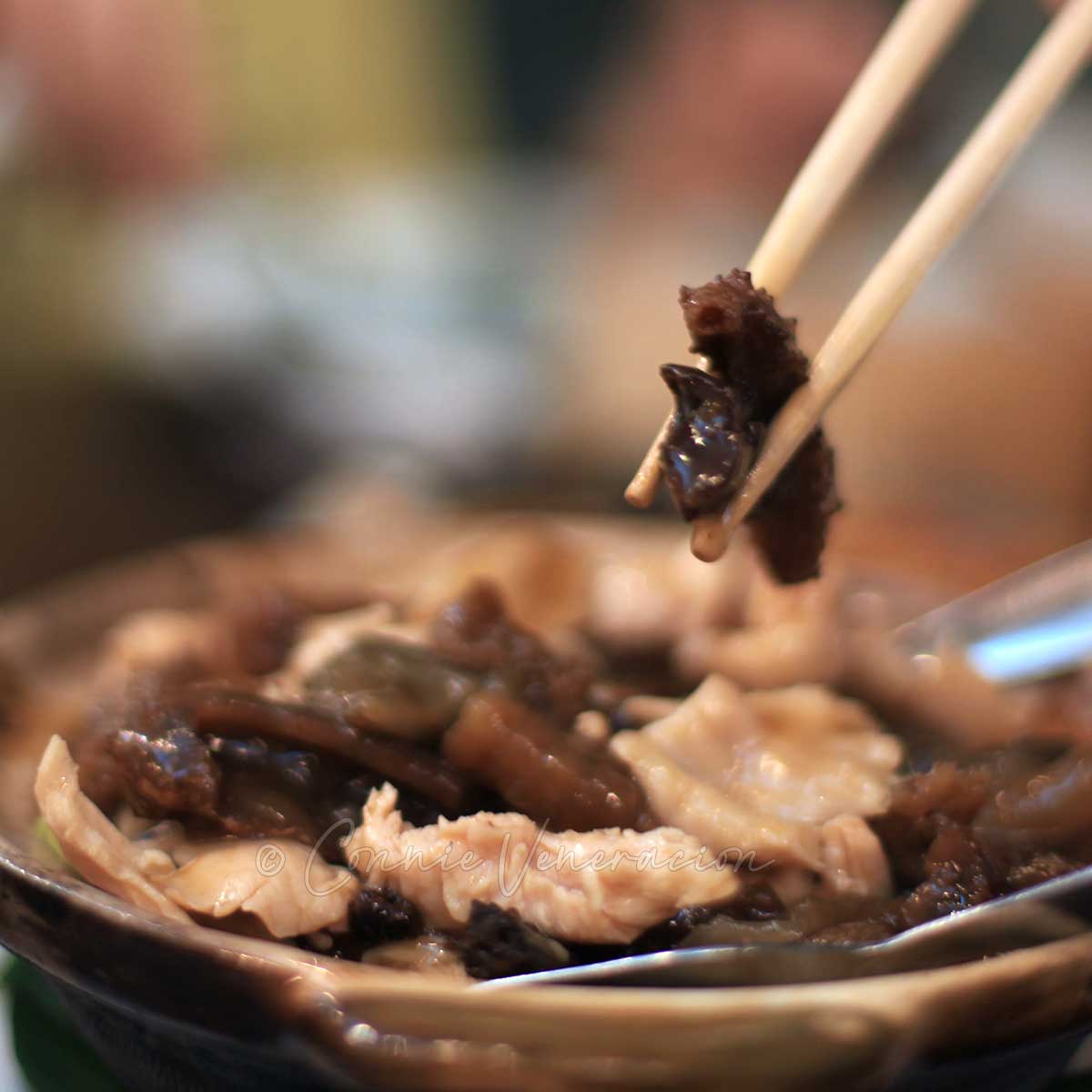
I still remember the first time I tried sea cucumber. I must have been seven, my father ordered a dish with a lot of things in it. He placed a small heap on my plate and I just ate everything. The sublime texture of those bits of slippery blackish things in my mouth was unforgettable.
I’ve read that sea cucumbers are served raw as sashimi in Japan but I’ve not tried them that way yet. I’m sure though that only small sea cucumbers can be eaten raw as the large ones are too tough unless cooked until gelatinous.
Buying sea cucumber for home cooking
Sea cucumber is available fresh, frozen or dried.
Fresh sea cucumber must be thoroughly rinsed and the inside scraped and scrubbed well to remove not only the intestines but also bits of sand.
Frozen cucumber comes prepped and ready to cook.
Dried sea cucumber needs rehydration. Soaking in water for a few days is required with the water changed daily.
Extra step for prepping sea cucumbers before adding to a dish
Although sea cucumbers have no distinct flavor of their own, they have a strong fishy smell. As a preparatory step to cooking them, it is a good idea to first boil them in water with slices of ginger.
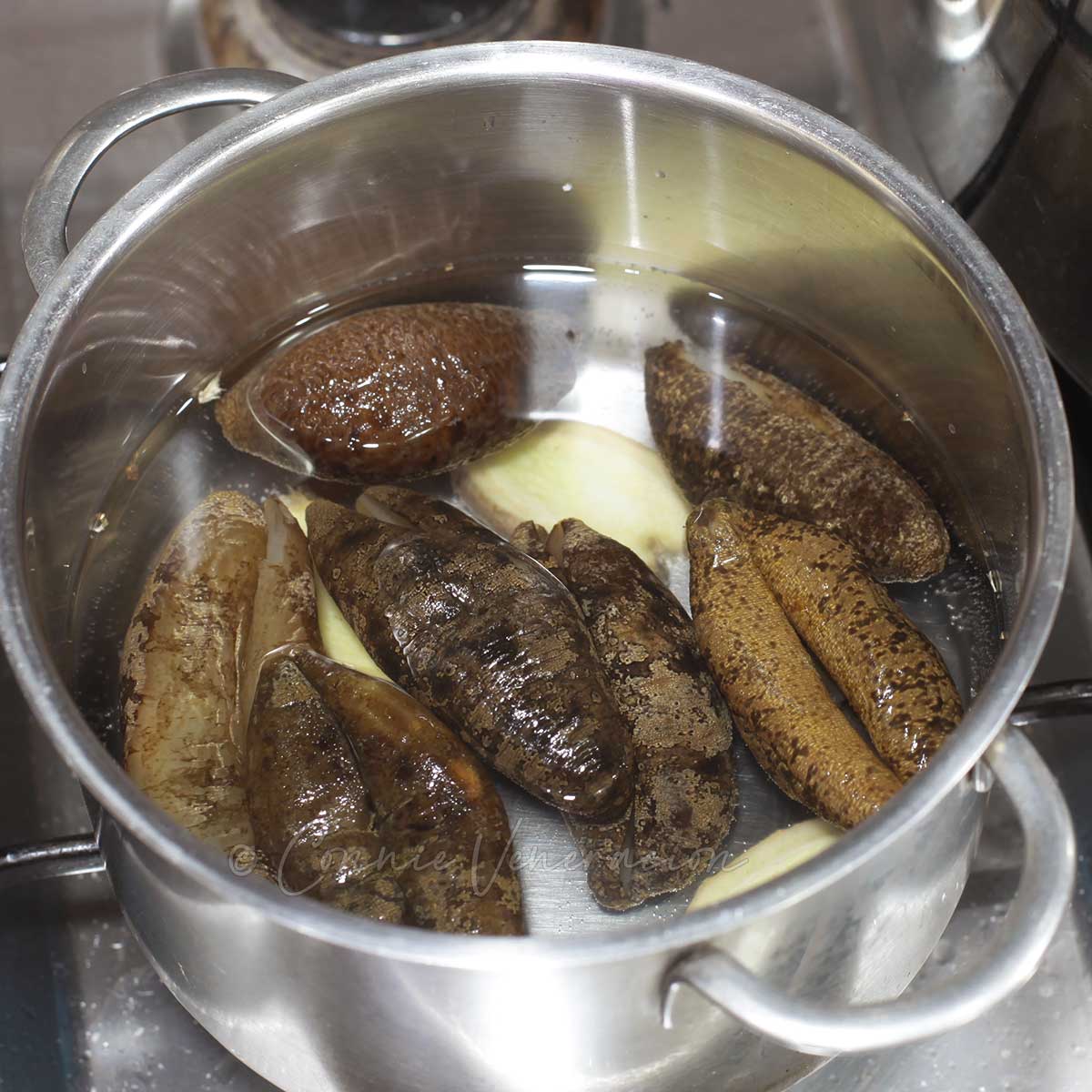
Let them cook for half an hour (longer if they are large), drain and rinse thoroughly. At this point, you can cut them into bite-size pieces and cook them.
Like I mentioned earlier, they are practically tasteless on their own, BUT sea cucumbers are like sponges when it comes to soaking up flavors they come in contact with during cooking. Here are a few ideas to give you the best sea cucumber experience.
Cooking suggestions for sea cucumbers
1. Place the pre-boiled sea cucumbers (cut or whole) in a bowl, add spices, pour in seasonings, mix, cover the bowl and marinate in the fridge overnight. Steam the following day. Serve hot or cold.
2. Cut into small pieces and add to the cooking liquid when making chicken bone broth. The sea cucumber will absorb the flavors of the broth. Just fish out and discard the chicken bones and other large spices, add cooked chicken meat and vegetables and you have a superb chunky soup!
3. Braise the sea cucumbers in a well-seasoned sauce. If you like to cook them Chinese-style, well, they are just so good with mushrooms.

